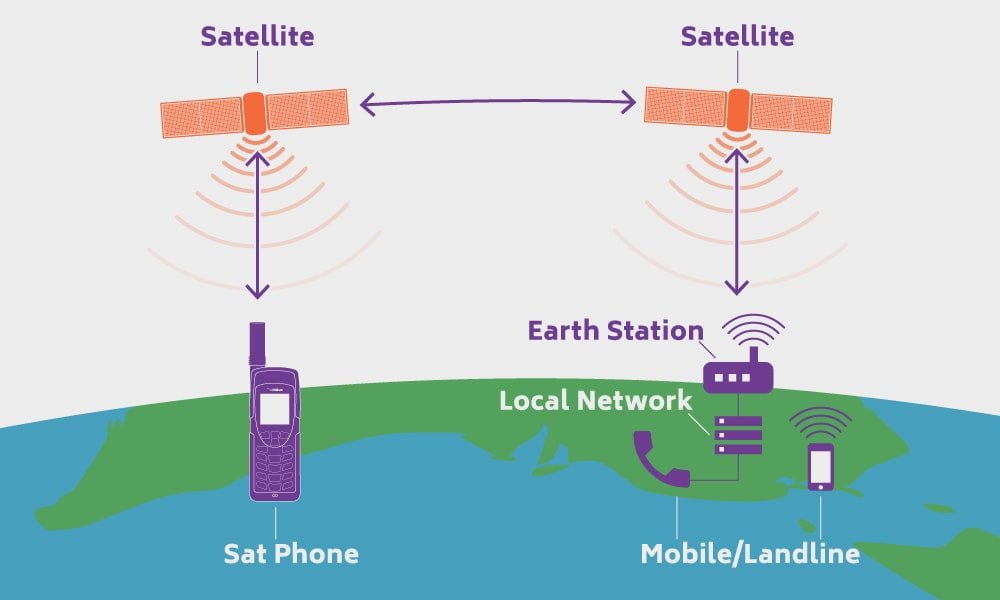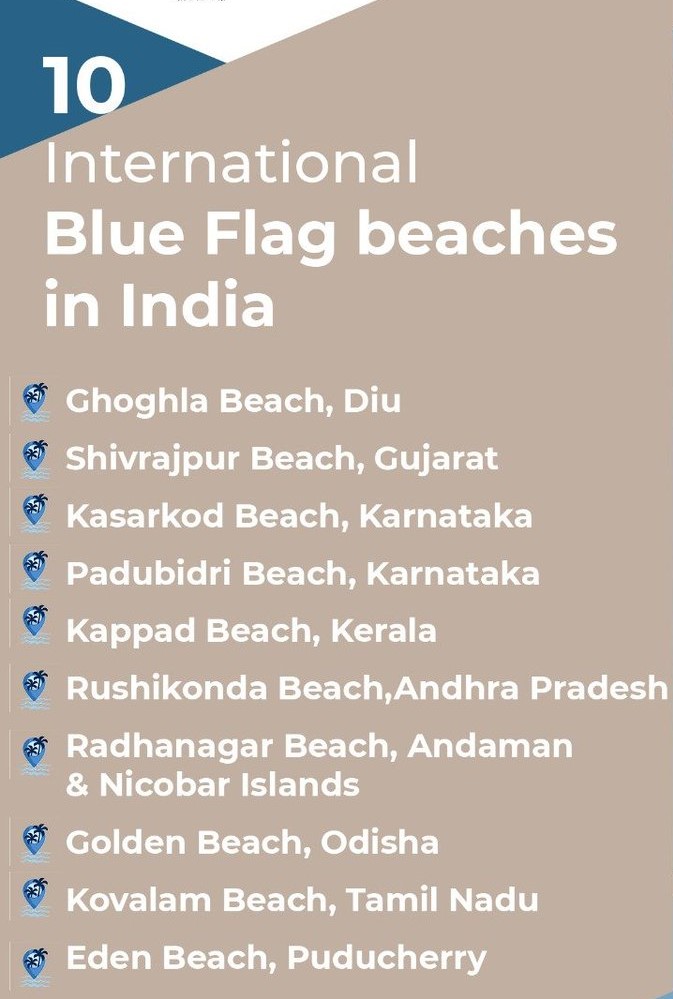A senior executive of Saudi Arabian Oil Company was arrested for using an unauthorised satellite phone during his visit in India.

Satellite phones in India
References
Two Indian beaches, Minicoy Thundi beach and Kadmat beach, both located in Lakshadweep, have received the International eco-label ‘Blue Flag’.
Both the Thundi beach and the Kadmat beach have designated staff for beach cleanliness and maintenance; and for safety and security of swimmers.
Thundi Beach
Kadmat Beach
Blue Flag Beaches in India

References
The Centre has restricted the use of glyphosate in agriculture by mandating only authorised Pest Control Operators (PCOs) to apply in the field.
Pest Control Operators (PCOs) are licensed to use deadly chemicals for treating pests such as rodents.
HT BT cotton is a GM variety which is yet to be approved by the Genetic Engineering Appraisal Committee (GEAC).
References
The forest officials denied the planned extermination of the colony of bats from a Manipur cave system as stated by the zoological study.

Tangkhul Nagas is an ethnic group living in the Indo-Myanmar border areas of Ukhrul and Kamjong districts of Manipur.
References
Subsuming National Anti-profiteering Authority
The Centre has decided to subsume the National Anti-profiteering Authority (NAA), the GST anti-profiteering watchdog, into the Competition Commission of India (CCI).
National Anti-profiteering Authority
Competition Commission of India
References